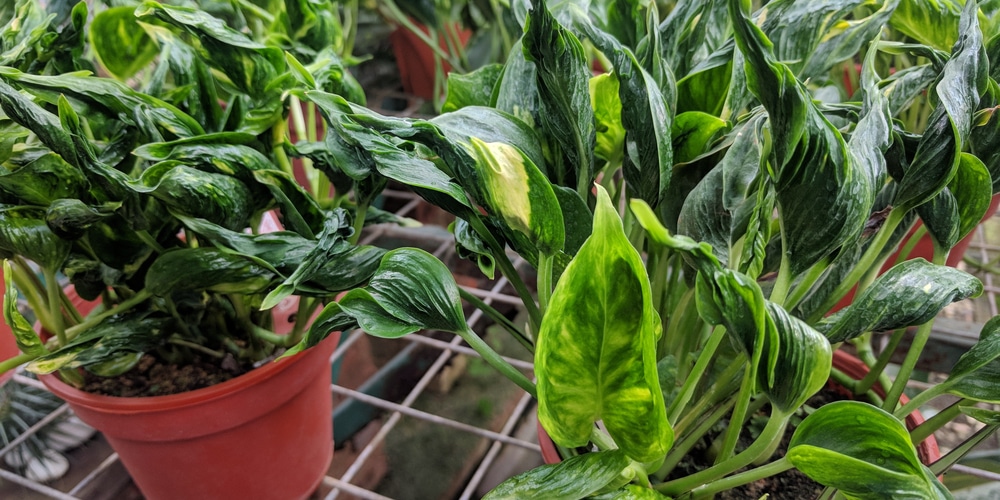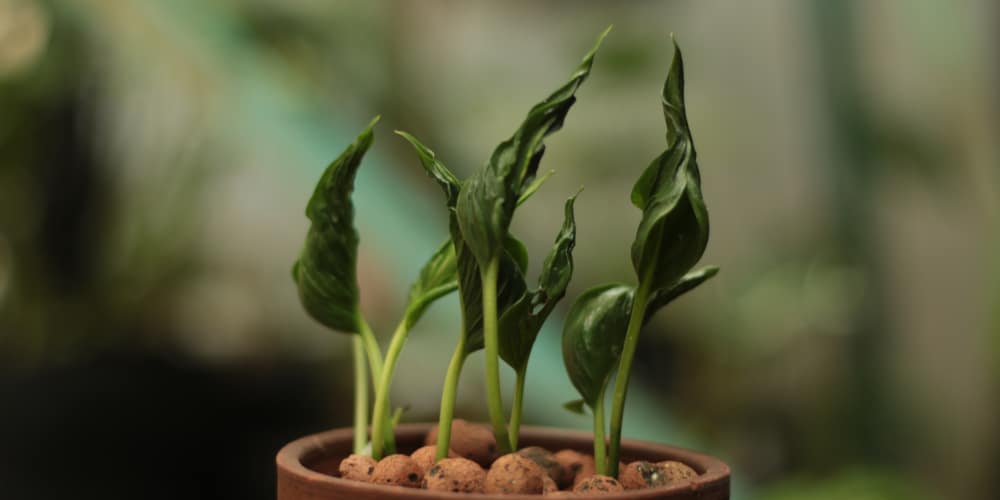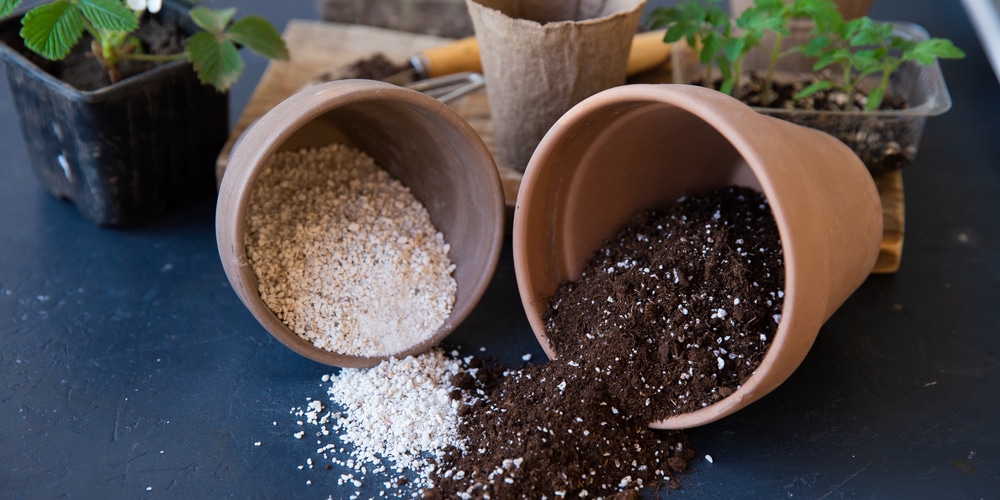Do you love pothos plants? Are you wondering how to get them to grow and flower? In this article, we’ll tell you about the best soil, watering, and propagation methods for your Shangri la pothos.
If you’re looking for an easy-care houseplant to add some color and life to your home, look no further than the Shangri la pothos. This beautiful plant has unusual textured leaves that are green and yellow. The foliage curls upwards as it grows and is wrinkled. Some people say that the foliage looks like cooked spinach. Let’s look at how to grow and care for a Shangri la pothos!
What is a Shangri la pothos?
Shangri la pothos (Epipremnum Shangri La) is a type of evergreen vine that grows well in indirect sunlight. These vines are fast-growing and will climb other plants, fences, trellis, or even furniture. They can attach themselves to objects with their aerial roots. The Shangri la pothos has glossy dark green leaves that are textured and eye-catching. Some plants also develop yellow and green variegated leaves depending on their living conditions.
Shangri la pothos is part of the Araceae botanical family and can grow up to 4 feet tall. They are commonly referred to as the sleeping pothos due to their curled-up leaves. These plants are very rare and can be expensive to buy. They are also very hard to source but may be available from tropical plant specialists online.
Shangri la pothos plants are also mildly toxic to humans and animals, so they should be kept away from pets and children. These plants can also cause skin irritation in some people, so it may be a good idea to wear gloves when handling your plant.
How to care for a Shangri la pothos?
As long as you meet their basic needs, Shangri la pothos plants are relatively straightforward to care for. As they are tropical plants, they thrive in warm locations, and you’ll need to pay attention to temperature and humidity. Here are some tips to help your plant thrive:
Watering needs
The Shangri la pothos requires watering several times a month. A good schedule is every one to two weeks, but the exact amount of water you plant needs will depend on the climate you live in and the season. These plants are relatively drought-tolerant and will cope if you forget to water them. That being said, you shouldn’t neglect your plants or let them dry out too much between waterings. The Shangri la pothos has a relatively shallow root system and will be affected by root rot if it’s regularly overwatered.
Sunlight requirements
The Shangri la pothos will do best in bright but indirect light. The leaves turn yellow if the plant does not receive enough light. If there are signs that the Shangri la pothos is not receiving enough light, you can move them closer to a window. If your plant has started to lean towards the window as they grow, this means that there isn’t enough light. Either move your plant onto the windowsill or try an indoor plant stand to bring it higher off the ground and closer to the window.
When growing a Shangri la pothos outdoors, ensure that it’s not planted in the full sun, particularly in the afternoons, or its leaves will get scorched.
Temperature
Shangri la pothos does not like temperatures below 55°F. The leaves will begin to turn yellow or brown and fall off at that temperature. If you have Shangri la pothos outdoors in a mild climate or in a room with low temperatures, bring them into a warmer room for the winter.
Soil
Shangri la pothos prefers soil that drains easily and is loamy. You can use a commercial potting mix or make your own by mixing one part compost with perlite, sand, orchid bark, and moss. Soil should be slightly acidic to neutral and have a pH range of between 5.5 and 6.5.
Humidity
Shangri la pothos do not like it when the air is very dry. If you notice that the leaves are beginning to curl up at the edges, you can try putting them in a bathroom to raise the humidity or misting them each week with water.
Pests and disease
If you notice any bugs crawling on your plant, you can either spray them with a natural pesticide, insecticide, or neem oil or try picking off the bugs and wiping any eggs off the leaves. You can also snip off damaged stems with clean scissors.
Pothos can also suffer from root rot if they are overwatered. Other issues include fungal infections due to the leaves getting too wet while misting.
How to propagate a Shangri la pothos plant?
If you want to propagate your Shangri la pothos, choose a cutting with a node from which new leaves can grow. Cut the stem about an inch below the node using a pair of scissors or a knife that has been sterilized. This will ensure that you don’t spread any infections when propagating your plant. Ensure that you cut a stem that is at least 4 inches long.
Place the cutting into a cup or small pot with moistened perlite (do not use water as it will rot your cuttings before the roots have a chance to grow!). Keep your cutting in indirect light and re moisten the soil regularly. Your cutting should start to develop roots within a few weeks to a month. Once there is enough growth, you can transfer it to a pot with regular potting mix.
The Shangri la pothos is very easy to propagate and makes excellent gifts, or housewarming presents for friends and family.
Conclusion
Shangri la pothos are easy to care for and can even be propagated at home. They will need bright but indirect light, water every week, soil that drains well, and moderate temperatures. If you keep these things in mind while caring for your Shangri la pothos, it should grow well for years to come. Shangri la pothos are rare and expensive tropical plants that may be hard to find.


